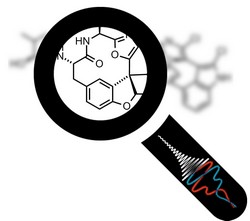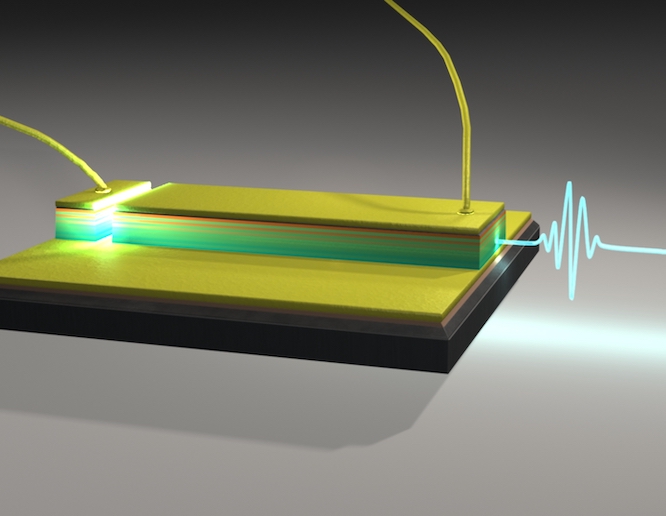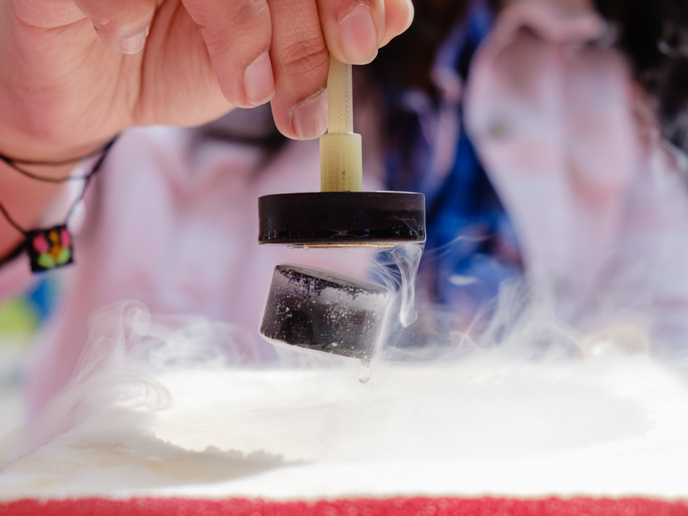New research elucidates the structure of complex compounds
Combining expertise in different fields of chemistry, the INTECHSE (International network on integrated techniques in structural elucidation) project prepared alignment media for studying chemical structures by nuclear magnetic resonance tailored to exhibit specific properties. The focus was on controlling physical properties and chemical reactivity of acetylenic macrocycles and polyaromatic structures, which are ordered systems. The team prepared several anthraquinone and chromonic derivatives and studied their gelation behaviour. In addition, bridged triarylamines were functionalised with perfluorinated alkyls of different lengths capable of undergoing non-covalent interactions. Studies focused on their self-assembly behaviour and chemical reactivity on different metal and insulator surfaces. Scanning probe microscopy and spectroscopy techniques in combination with computational studies revealed a complex interplay between the molecular structure, intermolecular and molecule-substrate interactions. Results enable design of a particular molecular building block for the desired types of self-assembled or covalent nanostructures on various surfaces. Attempts to fuse arylvinylidene-bridged triphenylamines to the corresponding nitrogen-centred polyacryloyl hydrazide (PAH) precursor focused on changing the molecular design of the precursor and adding moieties along with bridging units to facilitate photochemical cyclodehydrogenation. As a complementary method to solution chemistry, the team used a microscopy technique to study the ability of various arylvinylidene-bridged precursors to undergo the desired cyclodehydrogenation on metal surfaces. Scientists synthesised a new family of charged nitrogen-doped PAHs with various alkyn chains and counterions and studied their ability to exfoliate graphite in ethanol. Results demonstrate the potential of some compounds acting as supramolecular dopants for graphene and tuning its electronic structure. Through using computational and spectroscopy methods, scientists elucidated conformational distributions of pyridoallenophanes and their dependence on the solvent. Analysis of one-photon spectra revealed which conformers are populated at room temperature. Additional work concerned the establishment of reliable models to investigate the circular dichroism response of chemical species exhibiting different conformations. Another research activity concerned computation of the vibronic coupling of exciton dimers that explains the different shape of electronic circular dichroism. The team presented a computational protocol based on harmonic Hamiltonian for local excitations and quantum dynamical simulations on the coupled states. The project team also performed simulations of the vibronic circular dichroism shapes arising from stacked trimers and tetramers. INTECHSE offered a unique opportunity for synthetic chemists to learn basic aspects of structural information obtained by magnetic and optical spectroscopies, in which experimental measurements are in line with theoretical calculations. Theoretical chemists gained further understanding on the mechanisms responsible for chiroptical responses and appropriated methodologies for structural characterisation.







